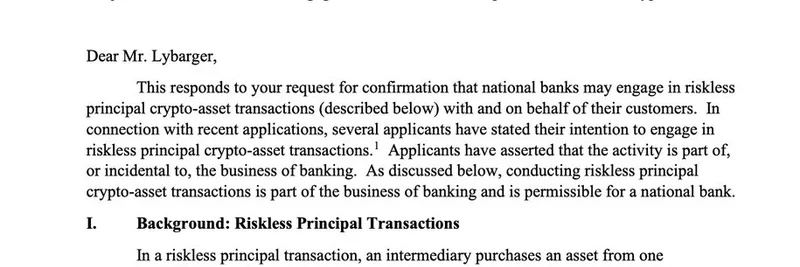In the fast-paced world of crypto, where volatility can make or break fortunes in minutes, Solana just flexed its muscles in a big way. A recent tweet from Chase Eberle, a key figure at Solana Mobile, has the community buzzing. He pointed out how Solana smoothly handled a massive liquidation event with peak transactions per second (TPS)—that's the number of transactions a blockchain can process every second—hitting an astonishing 100,000, all without skipping a beat. This performance is throwing shade at centralized exchanges (CEXs) that often cite technical issues during high-stakes moments. Check out the original tweet here.
The Liquidation Storm and Solana's Rock-Solid Response
Last night, the crypto market saw a wave of liquidations—when leveraged positions get automatically closed due to price swings—triggering a surge in activity on the Solana network. According to reports from Anza, the team behind Solana's validator software, this was the blockchain's biggest stress test yet. The network ingested around 100K TPS at its peak, processing full blocks of 60 million compute units (CU, a measure of computational resources) without any degradation.
Brennan Watt, VP of Core Engineering at Anza, shared a chart showing the spike, emphasizing how the Agave validator client managed six times the usual peak traffic. This isn't just tech jargon; it means Solana kept running smoothly when things got chaotic, allowing traders and DeFi users to execute trades without delays or skyrocketing fees. For context, Solana's theoretical max is around 65K TPS, but real-world peaks like this show it's pushing boundaries.
Calling Out Centralized Exchanges
Chase's tweet cuts to the chase: if Solana can handle this load after years of development, why do big CEXs like Binance or Coinbase still go down during market turmoil? He's suggesting these outages might not be accidental but intentional—perhaps to manage liquidity, prevent mass sell-offs, or even manipulate prices. It's a bold claim, but one echoed in crypto circles where trust in centralized platforms is waning.
We've seen it before: during the 2022 crypto crash or even recent volatility, exchanges halt trading under the guise of "system overload." Meanwhile, decentralized exchanges (DEXs) on Solana, like Jupiter or Raydium, chugged along fine. This event underscores the shift toward decentralized finance (DeFi), where users control their assets without middlemen.
Why Meme Token Enthusiasts Should Care
At Meme Insider, we're all about meme tokens, and Solana is ground zero for many of them. Meme coins thrive on hype and rapid trading, but they're also prone to wild price swings that lead to liquidations. This stress test proves Solana's edge for meme trading—low fees (often under a cent), lightning-fast speeds, and reliability when it counts.
Think about it: during a pump or dump of a hot meme like a Solana-based dog coin, you don't want your trade stuck because the network buckled. Solana's performance here means more seamless sniping, farming, and flipping for the community. Plus, with institutional interest growing—Galaxy Digital recently highlighted Solana for on-chain stock trading—this could bring more liquidity to meme ecosystems.
Looking Ahead: Solana's Path to Dominance
This isn't Solana's first rodeo. Upgrades like the upcoming Firedancer client aim to boost TPS even further, potentially solidifying its spot as the go-to chain for high-throughput apps. For blockchain practitioners, it's a reminder to build resilient dApps and prepare for "tsunamis of activity," as one Solana post put it.
In a world where crypto is maturing into internet-scale finance, events like this highlight why decentralization matters. Chase's tweet might be casual, but it captures a pivotal moment: Solana isn't just surviving; it's thriving under pressure. If you're in memes or DeFi, keep an eye on Solana—it's where the action is.



